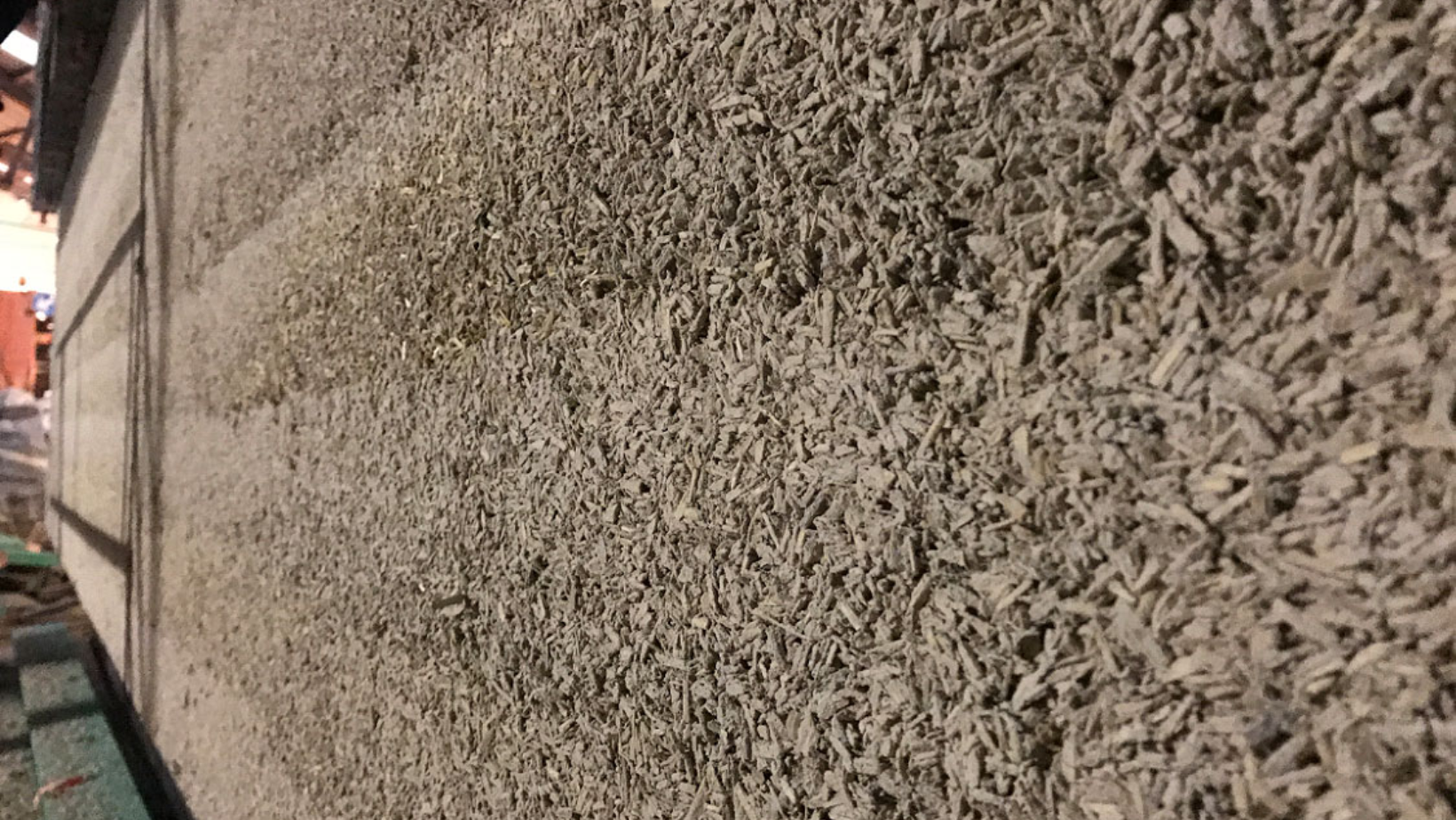Have you ever considered the impact of buildings and structures on our environment?
Pause, and think for a moment.
41%!
That’s how much buildings contribute to global energy consumption.
Shocking, isn’t it?
As climate change continues to be a worldwide concern, sustainability has become a priority for consumers, businesses, and the government.
Due to massive environmental concerns, there is a pressing need to find alternative, sustainable building materials.
And that’s exactly where Hempcrete (aka, Hemp concrete) comes in – a material that combines excellent thermal properties with the sustainability of a crop grown with minimal environmental impact.
But before we dive into the nitty gritty, let us understand what exactly hempcrete is.

What Is Hempcrete?
Hempcrete is a mixture of the woody core of the hemp plant, a lime-based binder, and water. This mixture is then formed into panels or blocks to be used in place of traditional building materials like concrete, wood, and brick.
How Does Hempcrete Reduce Carbon Footprint?
Hemp absorbs carbon dioxide and locks it away in its cells as part of the natural process of photosynthesis. Each tonne of hempcrete absorbs an average of 250 kilograms of CO2!
If widely adopted for use in construction, it could make a significant contribution to reducing global emissions.
You might think that using hemp in construction is a new idea, but it has been in use for thousands of years!
The development of hempcrete, however, takes it to a whole new level.
Let us quickly understand the top 5 benefits of using hempcrete as an alternate construction material.

Top 5 Benefits Of Hempcrete
- Traditional construction materials like concrete require a lot of energy to be produced and result in higher CO2 emissions.
Hempcrete on the other hand is made from natural and renewable resources.
Additionally, hemp is grown without pesticides or herbicides and uses less water than crops like cotton. - Hempcrete is breathable. Air can circulate through the walls of a building made of hempcrete, resulting in a fresher and cleaner indoor environment.
It also reduces the risk of condensation and mold, making for a healthier and longer-lasting home. - Hempcrete is fire-resistant. Unlike wood, which is highly flammable, hempcrete won’t catch fire and won’t contribute to the spread of flames.
This makes hempcrete-built buildings safer for its residents. - Hempcrete is also incredibly durable. It is resistant to moisture, insects, and decay, and can last for many years without the need for maintenance.
- Hempcrete can be used in a variety of building applications, from walls and roofs to floors, and can be molded into different shapes and sizes to fit specific needs.
It can be finished with a variety of finishes, such as paint, stucco, or stone, so it can fit seamlessly into any architectural style.

Hempcrete – The Future of Sustainable Construction
Hempcrete has the potential of being used as a sustainable building material due to its low environmental impact and superior thermal performance.
It has already been adopted in some countries, but widespread use will require further research into the cost-effectiveness, energy efficiency, and safety of this product.
If these issues can be addressed successfully, hempcrete could become a mainstream building material in the upcoming years!


